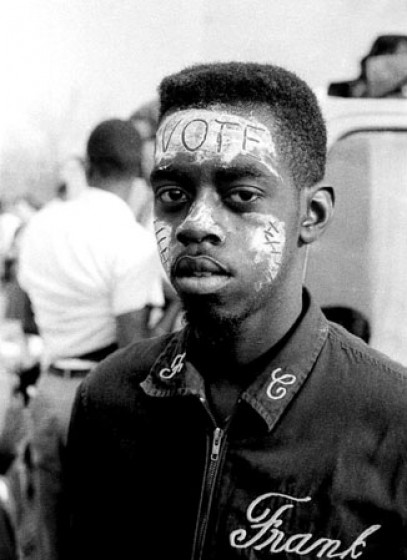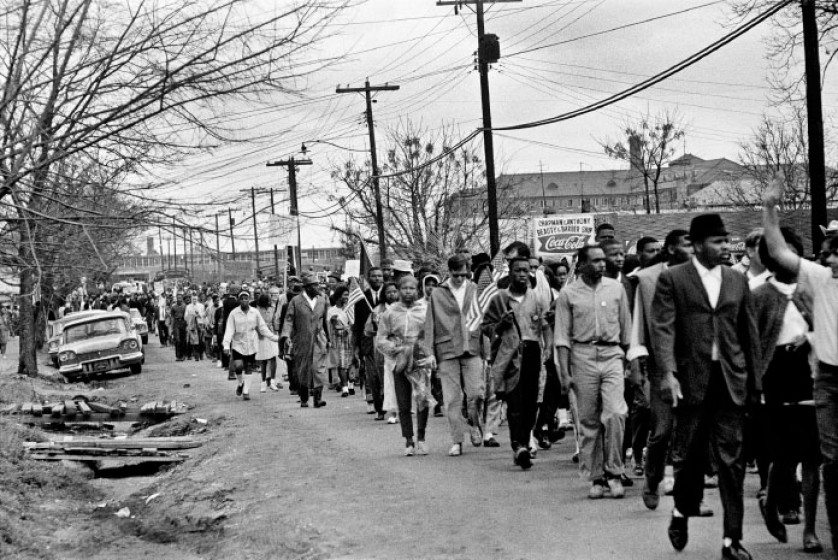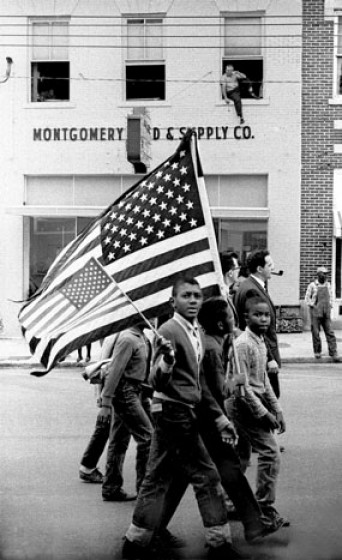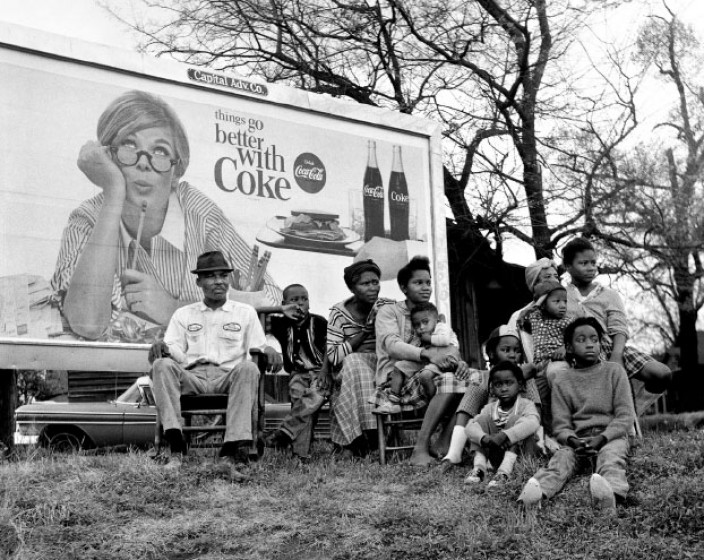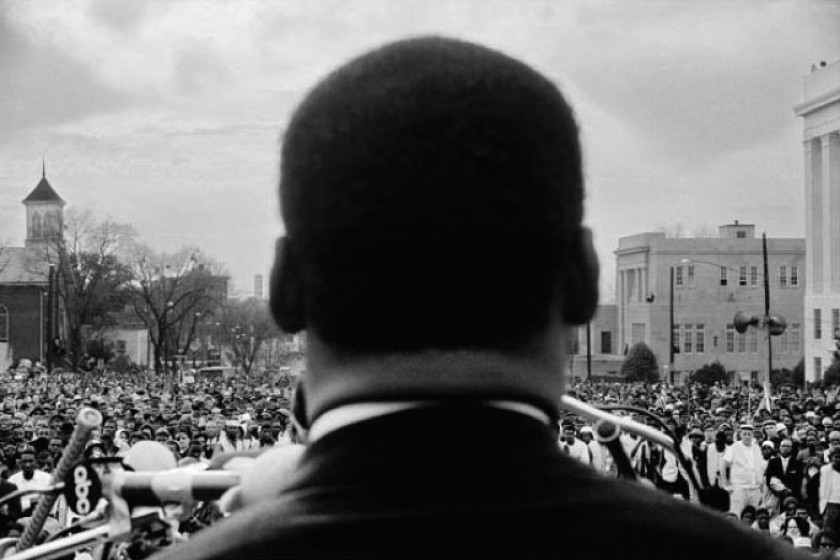The historic 1965 Selma to Montgomery, Alabama, civil rights march concerned one issue—the right to vote. Two thousand marchers set out on March 21 along Route 80, known as the “Jefferson Davis Highway.” After two failed attempts to complete the march, President Johnson dispatched federal and state troops to guard the demonstrators along the way to the state capitol, 54 miles away. By the time the marchers reached Montgomery, their number had grown to 25,000.
Hearing of the events, 24-year-old student photographer Stephen Somerstein jumped on a bus in New York City and headed to Alabama. He arrived on March 25, in time for the final march to the state capitol. With five cameras around his neck and only 15 rolls of film, Somerstein seemed to be everywhere at once documenting this pivotal moment in the civil rights movement. He captured photographs of Dr. Martin Luther King Jr. and other prominent activists such as Rosa Parks, James Baldwin, Bayard Rustin, John Lewis, and Joan Baez. Somerstein also took poignant portraits of his fellow demonstrators, as well as the anonymous bystanders who had gathered along the route to observe the civil action in progress.
This exhibition presented 55 of the photographs taken by Somerstein on March 25, 1965, accompanied by his commentary of the day’s events. It was guest curated by Farrah Spott and was on view at the Brandywine River Museum of Art as a companion to the exhibition Votes for Women: A Visual History.
